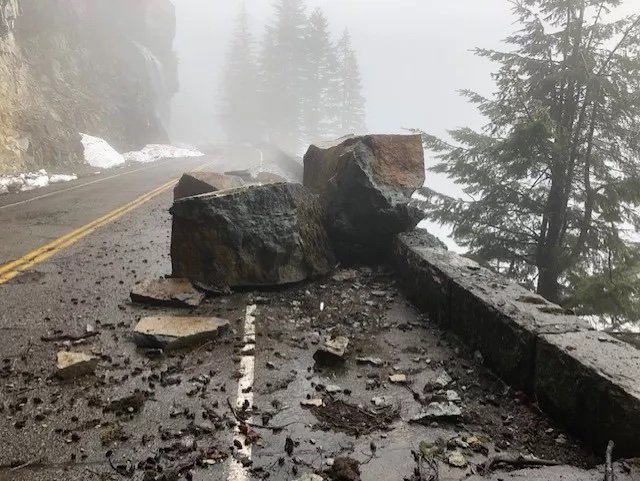Stevens Canyon Road Rehabilitation Project: Oct 2023
NPS photo
From the NPS website: A multiyear rehabilitation project on Stevens Canyon Road, the only east-west thoroughfare in the park, is underway. The popular Stevens Canyon Road has suffered extensive damage over the years and is in dire need of an overhaul. Contractors will be working on replacing stone guard walls, repairing drainage grates along the roadway, patching holes in the road surface, and more. This is a multi-year project that is anticipated to last through summer 2024.
The road has been closed weekdays Monday-Friday for the 2022 and 2023 season, only allowing access on the weekends. My recent RIMROBOD ride had to take place on a Saturday, and my bike/hike forays of various iterations have been put on hold these past two years with the road closure. What the access status will be in 2024 is a guess; the repairs seem mostly complete. The following video starts just after Stevens Creek and ends at Box Canyon, with a comparison to this section of road filmed on Jun 8, 2016.
